The seahorse is a small species of vertebrate.
The seahorse’s scientific genus name, Hippocampus which is derived from the Greek hippokampus (hippos, meaning “horse,” and kampos, meaning “sea monster”)
Seahorses are fish. They live in water, breath through gills and have a swim bladder.
Seahorses are elongate with rigid body armor and swim upright.Pectoral fins on the sides and a small dorsal fin on the back of a seahorse’s body wave rapidly to move the seahorse through the water.
Lifespan of most seahorse species is between 1 and 5 years in the wild and in the captivity.
There are around 50 different species of seahorses.
Seahorses’ ability to change their color and shape makes identification of individual species challenging. Because of this, some researchers previously thought there were as many as 200 seahorse species in the world, while others thought there were as few as 20.
However, advances in genetic research are helping to clarify some of the differences between closely related species.
Seahorses are mainly found in shallow tropical and temperate waters throughout the world, and live in sheltered areas such as seagrass beds, estuaries, coral reefs, or mangroves.
But they also can be found in colder waters like those found off New Zealand, Argentina, Eastern Canada, and the UK.
The seahorse range in size from 1.5 centimeters (0.6 inches) to 35 centimeters (14 inches) long.
Some seahorses, have a shape, size and color that allows them to blend in perfectly with their habitat. Others, change color to blend in with their surroundings.
Seahorses have excellent eyesight and their eyes are able to work independently on either side of their head. This means they can look forwards and backwards at the same time! This is particulartly useful as they hunt for food by sight.
Seahorses have a prehensile tail.A prehensile tail is the tail of an animal that has adapted to be able to grasp or hold objects.
Although they are fish, seahorses are not great swimmers. In fact, they prefer to rest in one area, sometimes holding on to the same coral or seaweed for days.
Seahorses propel themselves by using a small fin on their back that flutters up to 50 times in second, but that is not enough for efficient movement. On the other hand, they are quite maneuverable and able to move up, down, forward and backward.
Seahorses can travel long distances across the ocean—farther than they can swim—by attaching themselves to floating seaweed and debris.
Seahorses make noise! Seahorses make noises that can be heard underwater similar to the sound of smacking your lips. They make them during feeding and courtship.
Seahorses have no teeth and no stomach. Food passes through their digestive systems so quickly, they must eat almost constantly to stay alive.
Seahorses feed on plankton, small fish and small crustaceans such as shrimp and copepods. An adult eats 30-50 times a day. Seahorse fry (baby seahorses) eat a staggering 3000 pieces of food per day.
Most wild seahorses are monogamous and some species mate for life.
Searching for mates can be difficult and risky since seahorses are poor swimmers, found in low densities and rely on camouflage to hide from predators.
By remaining faithful to one partner, the pairs have more time to undergo more pregnancies during a single mating season and, ultimately, have greater reproductive success.
Seahorse couples greet each other every morning with a unique dance that sometimes involves changing color. The couple promenades and pirouettes together for several minutes before separating for the rest of the day. They greet each other as a way to confirm the other partner is still alive, reinforce their bond and synchronize their reproductive cycles.
Seahorse males do something highly unusual in the animal kingdom; they get pregnant and deliver their offspring.
Although the male carries the eggs, he doesn’t make them. After a male and female seahorse spend time courting, the female deposits her eggs inside the male’s pouch.He fertilizes the eggs inside the pouch.
The number of young released by the male seahorse averages 100–1000 for most species, but may be as low as 5 for the smaller species, or as high as 2,500.
Pregnancy lasts between 10 to 25 days. Young seahorses look like miniature versions of their parents.
When seahorse fry are born they are totally on their own. In average less than 0.5% of infants survive to adulthood, explaining why litters are so large.
According to Guinness World Records, the dwarf seahorse is the slowest moving fish in the ocean with a top speed of about 1.5 meters per hour (5 feet per hour).
The Traditional Chinese Medicine Trade takes in excess of up to 150 million seahorses a year from the wild and these are used for all types of medicine.
The Curio Trade takes approximately one million seahorses from the wild.
The pet trade takes an estimated one million seahorses from the wild and It is thought that less than 1,000 survive more than six weeks, very often suffering a slow and possibly painful death.
Many seahorse species are included on the IUCN Red List of Threatened Species, primarily as Vulnerable and Data Deficient.

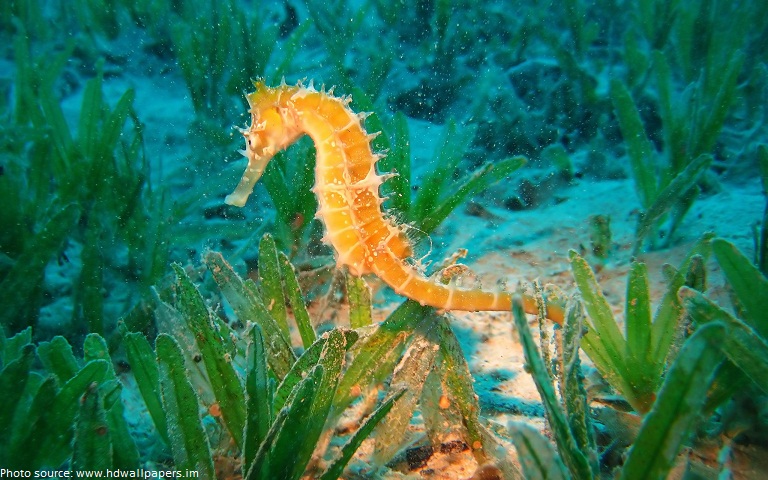

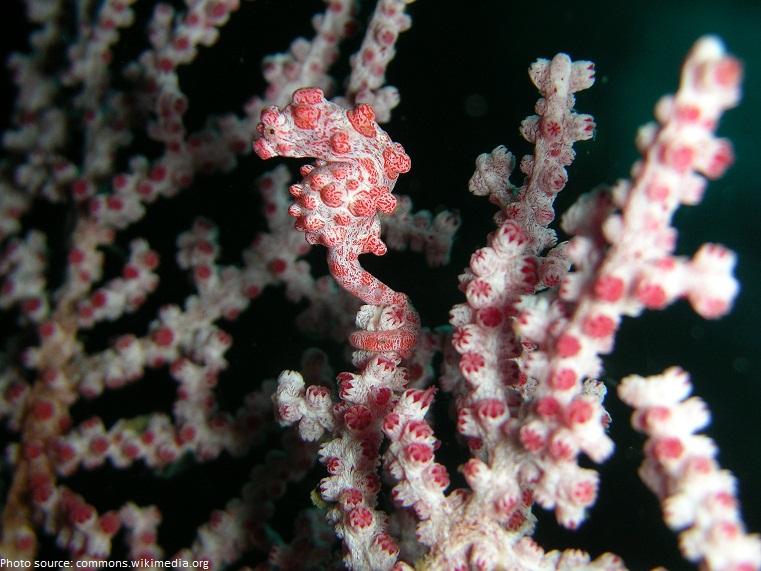
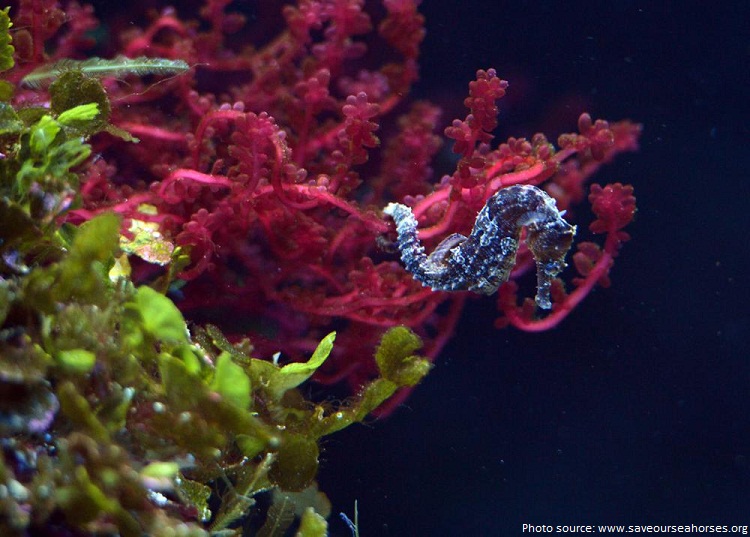
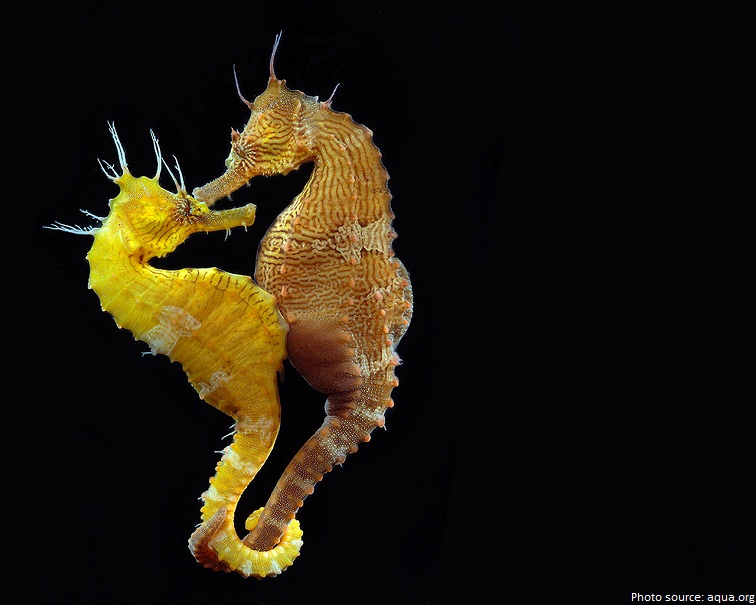
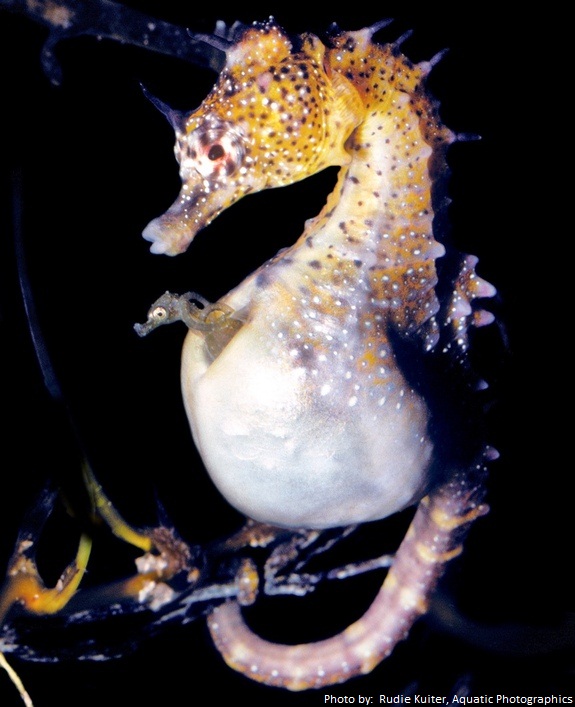
Comments are closed.